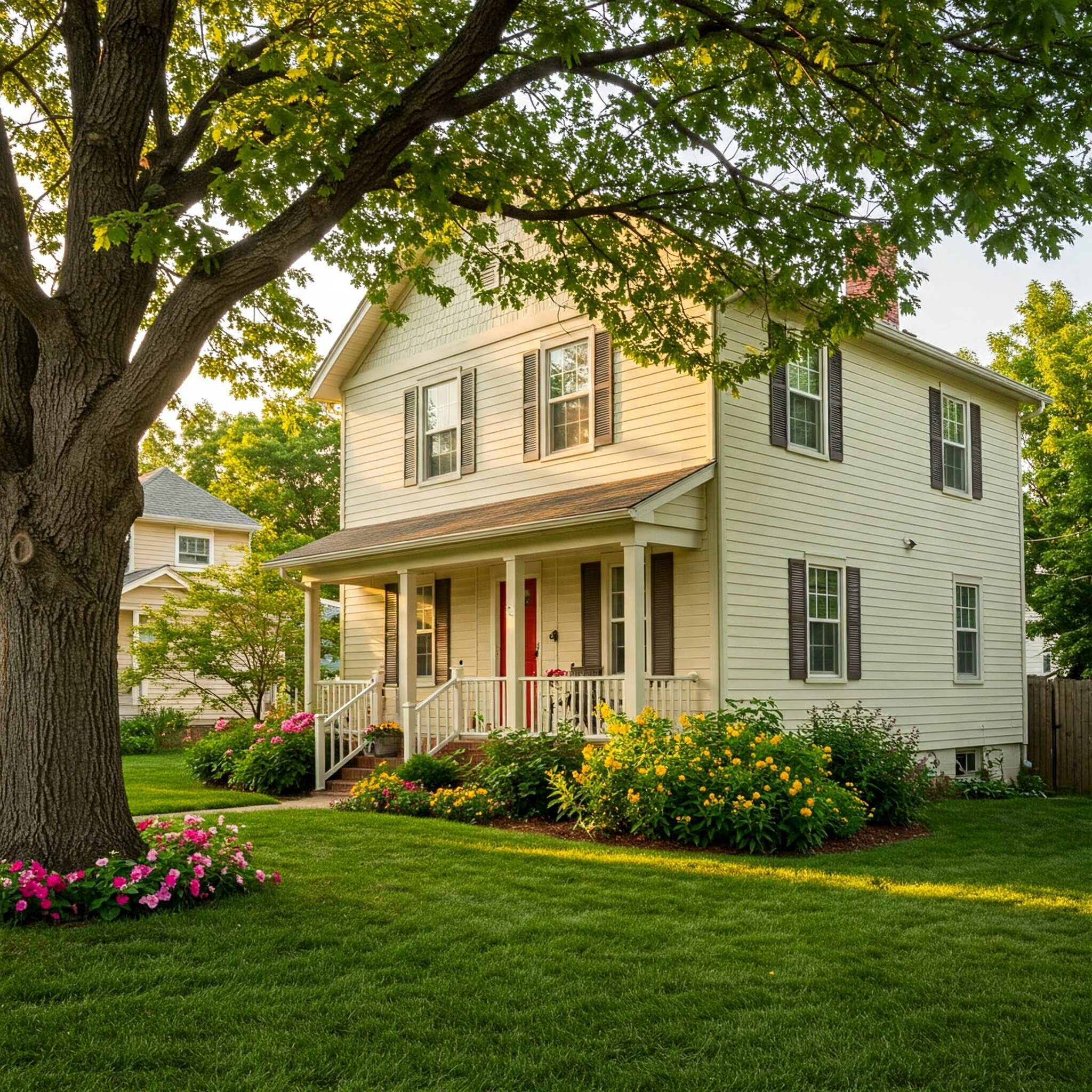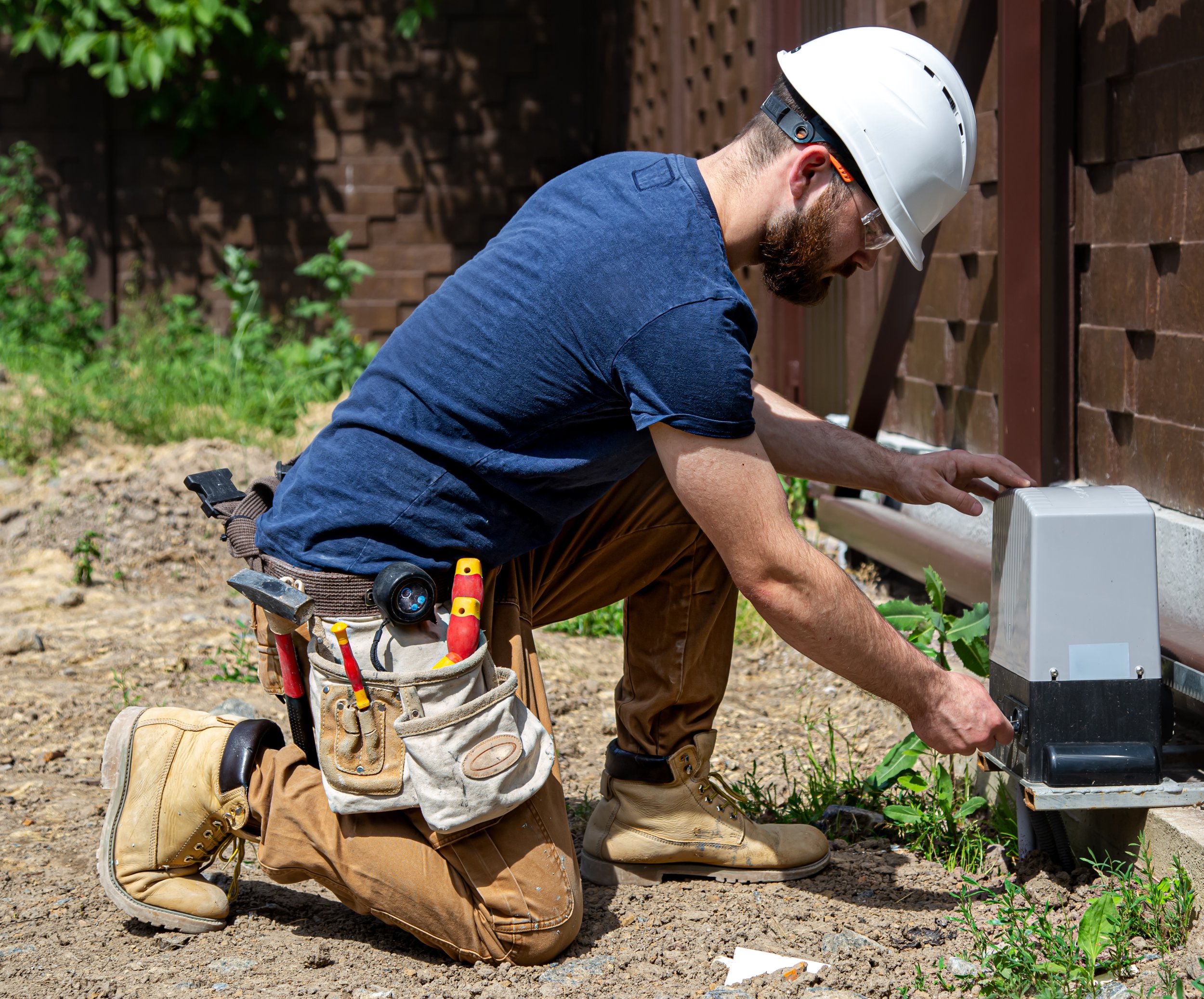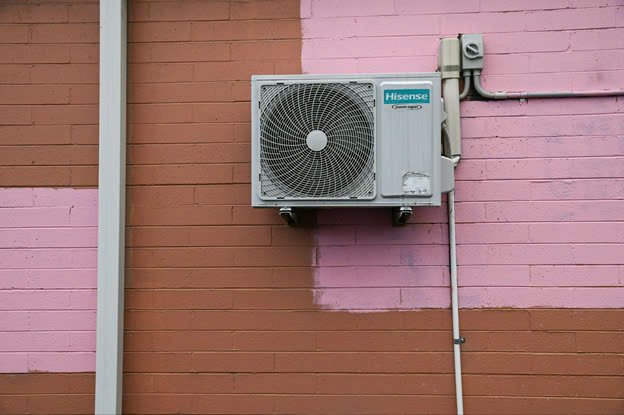Which Areas in Utah Face the Highest Risk for Residential Flooding?
Discover which areas in Utah face the highest residential flood risk and learn essential precautions to protect your home from water damage.
Flooding is a significant concern for many homeowners in Utah, with some areas facing a higher chance of residential flooding than others. Box Elder, Cache, Iron, Salt Lake, Tooele, and Washington counties are among those with the highest residential flood risks in the state. The unique geography and weather patterns in Utah contribute to these risks, especially in regions where rivers, streams, and rapid rainfall can result in flash floods.
Understanding which locations are most at risk can help property owners make informed decisions about protection and preparation. Communities near major water bodies and in areas with developed urban landscapes may be particularly vulnerable. Residents and businesses in these zones should consider being proactive by exploring emergency flood cleanup services in Utah to address water damage quickly after a flood.
Key Takeaways
Flooding risk is higher in specific Utah counties.
Local geography and weather patterns increase flooding threats.
Proactive preparation and immediate response are important for property protection.
Utah’s Highest Residential Flood Risk Areas
Residential flooding in Utah is shaped by geography, weather patterns, and resources available for evaluating risk. Local variations like river proximity, elevation, and land use also play a significant role in determining susceptibility.
Geographic Regions Most Prone to Flooding
The highest risk areas for residential flooding in Utah include low-lying zones along rivers, streams, and near lake shores. In particular, regions along the Wasatch Front—including Salt Lake, Utah, Davis, and Weber counties—frequently experience flooding due to their unique topography and urban development.
Homes in special flood hazard areas face elevated risk and higher insurance requirements. Areas around Utah Lake and the Great Salt Lake, especially mapped as "V zones," are noted for serious flood potential. Communities in southern Utah, such as St. George, are also vulnerable due to periodic flash floods caused by sudden storms. Mountain valleys and floodplains adjacent to the Provo and Jordan Rivers are regularly impacted by water overflow. These regions bear heightened residential flood risk due to both natural and man-made landscape features.
Impact of Rainfall, Snowmelt, and Flash Floods
Utah’s distinct climate creates several flood risks. Heavy rainfall, often from late spring storms, can overwhelm local drainage, resulting in rapid surface flooding. Snowmelt contributes significantly each spring in northern and central Utah, as warmer temperatures quickly melt accumulated mountain snowpack.
Rapid rain-on-snow events can magnify this danger, causing rivers and reservoirs to exceed capacity. Flash floods are particularly prevalent in southern Utah’s slot canyons and dry washes, where short but intense thunderstorms send torrents of water downstream. The state’s flood history shows that urban development in flood-prone zones increases the risk of damage to homes even in places that have not historically experienced frequent flooding. Weather variability year to year also makes it important for residents to remain alert.
Flood Risk Assessment Tools and Maps
Flood risk assessment relies on mapping tools such as FEMA’s Flood Insurance Rate Maps (FIRMs), which show 100-year floodplain boundaries and high-risk zones by ZIP code. The Utah Flood Hazards website offers regularly updated state resources and flood model data.
Third-party tools use historical and projected data to provide property-level flood risk scores. These resources give homeowners an overview of their specific risk and help communities plan preparedness and mitigation efforts. Interactive maps help users visualise flood-prone areas, identify properties at risk, and inform insurance decisions. Combining local floodplain regulations and model data gives a clearer picture of danger zones throughout Utah, especially in counties bordering rivers and lakes or with history of past flooding.
Considerations for Property Owners in High-Risk Utah Areas
Property owners in Utah’s highest flood risk zones face unique financial, environmental, and safety challenges. Taking proactive steps to manage insurance, prepare for climate change, and safeguard their homes is essential.
Flood Insurance and Costs
Many parts of Utah have a significant chance of flooding over the course of a 30-year mortgage, with homes in high-risk floodplains facing at least a one in four risk. Flood insurance is a critical tool for property owners, as standard homeowners’ policies typically do not cover flood-related losses.
Understanding the terms of available policies, deductible choices, and limits can help reduce unexpected out-of-pocket expenses during a disaster. Property owners should review FEMA requirements and keep documentation up to date, as some communities have incentives or discounts for flood mitigation efforts.
Climate Change and Future Flooding Trends
Utah’s flood risk is evolving due to increased precipitation, rapid snowmelt, and urban development patterns that channel more runoff into rivers and streams. While sea-level rise is not a direct factor in inland Utah, heavier rainstorms and earlier snowmelt are increasingly common.
Climate change models project more frequent spring runoff events that can overwhelm local infrastructure. Areas near rivers and creeks, especially east of the Jordan River, may see higher and more unpredictable water flows, as highlighted by recent floodplain mapping. Property owners should monitor changing floodplain boundaries and pay attention to new flood hazard maps. Communities that adapt their floodplain management policies are also better positioned to reduce the risk to both lives and property
Conclusion
Flood risk in Utah is concentrated in select counties and regions, particularly areas near rivers, lakes, and canyons. Residential properties in Salt Lake, Box Elder, Cache, Tooele, Iron, and Washington counties face significant exposure to potential flooding events. Urban development, impervious surfaces, and steep slopes increase local risks. Homeowners in these regions should be aware of flood zones and take steps to mitigate possible impacts.






























